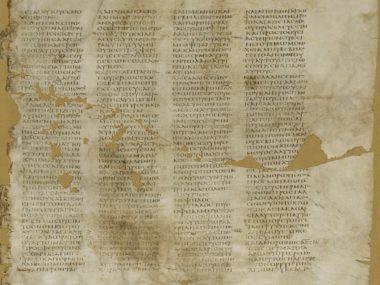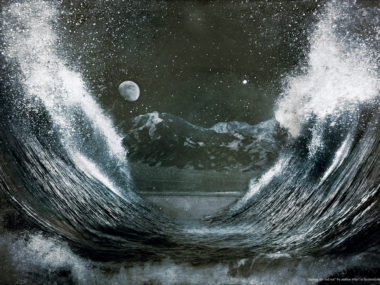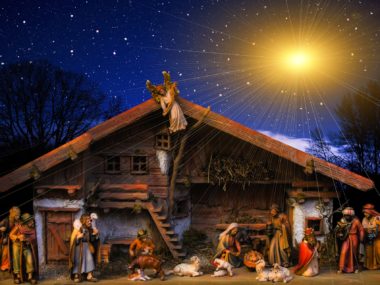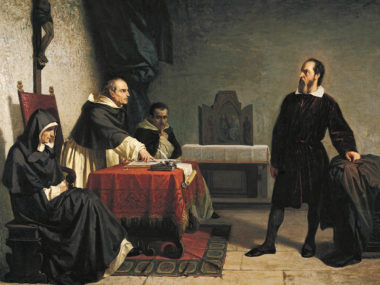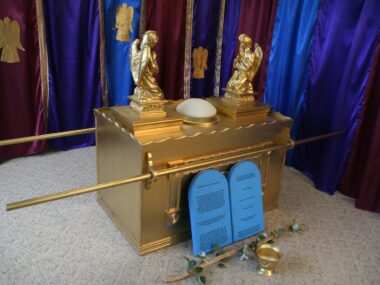In my previous post in this series on genealogy and patriarchal longevity, I examined William Henry Green’s influential article “Primeval Chronology.” In my conclusion, I expressed some disdain for one of Green’s statements.
The following article has been reblogged with permission from Todd’s Blog. The views expressed reflect those of the author, and not necessarily those of New Creation.
According to Green’s paper,
“…if a chronology is to be constructed out of this genealogy, Noah was for fifty-eight years the contemporary of Abraham, and Shem actually survived him thirty-five years, provided xi. 26 is to be taken in its natural sense, that Abraham was born in Terah’s seventieth year. This conclusion is well-nigh incredible.”
I responded,
“The conclusion is incredible? In other words, Green just doesn’t believe it. That’s not an argument, and it’s not compelling.”
I wanted to expand on that comment because I think it deserves more attention. Frankly, I hear these sorts of biblical claims all the time. “Obviously” there were other people alive at the time of Adam and Eve, because Cain had a wife. “Obviously” the Bible teaches a flat earth, because it has four corners. “Obviously” the genealogies couldn’t be telling us about chronology, because Abram and Noah would have been contemporaries.
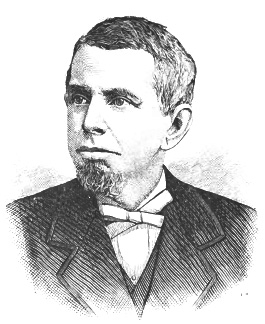
Statements like these aren’t actually arguments or even objections. They seem more like hang-ups. There are perfectly credible answers to those questions (Cain married his sister, “four corners” is a figure of speech), but when given these answers, some folks seem unable to accept them. I don’t know why, and I don’t even want to guess. But I do know that things that cause us worry or fear or embarrassment, even though they have rational explanations, aren’t things that we should take seriously.
What about the genealogies? For an alternative perspective, let’s consult a contemporary of Green, George Dana Boardman (the younger), son of a missionary couple and for thirty years pastor of First Church in Philadelphia. In an 1887 article published in The Old Testament Student, Boardman notices the very same chronological pattern as Green, but his conclusion is not one of incredulity or anxiety. Boardman concludes instead that these patterns affirm the veracity of the earliest narratives of the book of Genesis. He wrote:
“Methuselah was contemporary with Adam some 243 years, and also with Shem some 98 years; Shem also was contemporary with Isaac some 50 years; so that during the period of some 2100 years between Adam and Isaac, Adam could have told the story of Eden to Methuselah, and Methuselah to Shem, and Shem to Isaac. … The writer mentions these facts, not only because they are interesting, but also because they show the extreme probability of the correctness of the patriarchal traditions concerning the creation, the fall, the flood, etc.”
I find this quote remarkable primarily in its contrast with Green’s reaction. Instead of reacting with anxious incredulity at the timeline, Boardman sees it as a confirmation of the veracity of scripture.
Lest you think that Boardman is simply naive, let me note that in the same article, he does express his own concerns about what the genealogies might mean:
“…it is not certain how we should interpret the genealogical table of the fifth chapter of Genesis. It is possible that the patriarchs whose names it records, instead of being directly consecutive sons, were only the prominent sons in several generations, or founders of separate patriarchal dynasties.”
Boardman was not some idiot blindly following a “literalistic” interpretation of scripture. He was well aware of the uncertainty and questions surrounding Genesis 5 & 11. Nevertheless, he recognized something remarkable in the timeline of the Masoretic text. Rather than merely rehashing other cultures’ creation myths, the earliest members of Abraham’s family couldhave received the accounts of creation, fall, and flood from a third- or fourth-hand source.
Please understand my point here: I’m not saying that Moses absolutely received an authentic version of the creation account handed down from Noah himself. Rather, I find it fascinating how differently Green and Boardman react to the very same information. Green is skeptical, but Boardman seems excited. It seems to me that the different reactions come not from the text itself but from Green’s and Boardman’s own attitudes about Genesis 5 & 11.
So the question for us is: How often do we embrace “obvious” Bible interpretations that are nothing of the sort? Are we listening to the text, or are we just clinging to emotional hang-ups?
Chronology Chronicles Series
Methuselah and Human Lifespan (Part I)
The Patriarchs of Genesis 5 & 11 (Part II)
The Primeval Chronology of William Henry Green (Part III)
Footnotes
Boardman, G.D. 1887. The Antediluvian Chronology. The Old Testament Student 6(6):175-176.


